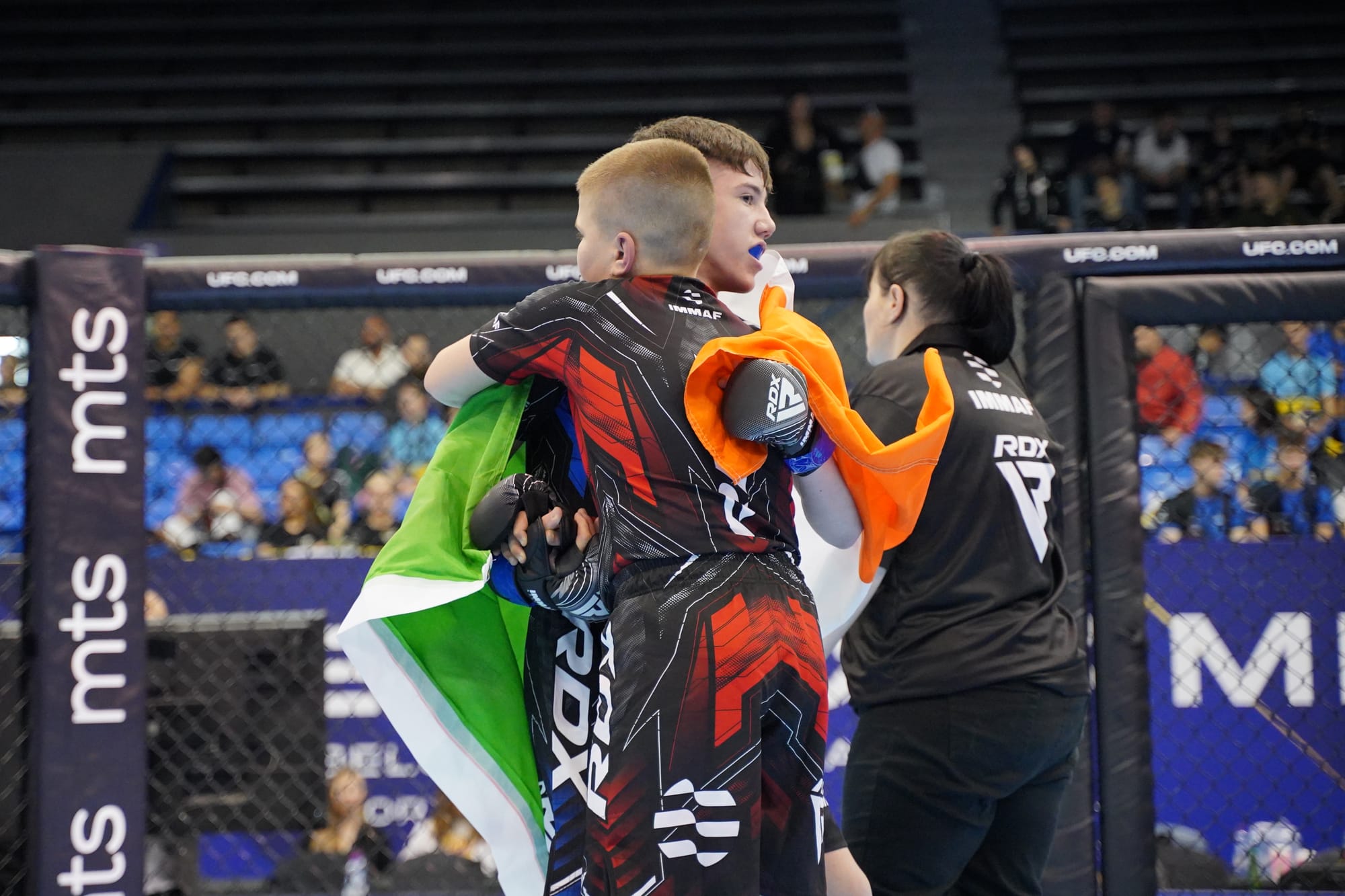Martial Arts have long been celebrated for their rich traditions, discipline, and most importantly, the structured path of skill development they offer. The International Mixed Martial Arts Federation (IMMAF) has embraced this cultural ethos by introducing the Youth MMA Grading progression scheme that has resulted in groundbreaking changes in how people perceive and learn MMA across the globe.
The scheme, which is integrated with the IMMAF app, ensures that young athletes can continuously access their training progress and communicate with their coaches, enhancing their learning experience. Currently, 107 national federations use the app, tracking the progress of 18,500 athletes globally.
The mobile app, along with certified IMMAF coaches, helps aspiring young athletes enter the IMMAF progression scheme, which includes 230 techniques covering essential elements of MMA, such as striking attacks, defenses, kicks, takedowns, submissions, and groundwork reversals. With inputs from expert IMMAF officials worldwide, these techniques are organized by increasing complexity and tailored to various age groups.
Certified coaches then evaluate students’ ability to demonstrate and explain specific techniques, focusing on biomechanical criteria like force application, correct mechanics, and movement literacy. At advanced levels, students perform live drills that simulate real fight scenarios.
Based on these evaluations, athletes are graded. The grading system consists of six major belts for youth: yellow, orange, green, blue, purple, and brown, with six intermediate grades. The highest grade, the black belt, can only be attained after the age of 18. A minimum of one year is required at each grade. This structured timeline allows for a deep understanding of martial arts philosophy, replicating the well-established grading systems in traditional martial arts like karate and judo.
The IMMAF belt system is similar to those found in traditional martial arts, where coloured belts represent different levels of expertise and progression, symbolizing the student’s journey and growth in the discipline. Additionally, grading serves as motivation for both recreational and competitive athletes. For recreational participants, it provides recognition of their progress. For competitive youth, it ensures safety by preventing mismatches in weight, age, and technical experience, reinforcing a cohesive training structure.
“Grading is not proof of a student’s fighting ability but an effective means of retaining students in clubs. Recognizing their effort and commitment is crucial for the sustainability of MMA clubs, increasing the IMMAF fan base, and promoting a healthier next generation,” says Andrew Moshanov, IMMAF Director of Development.
As IMMAF continues to usher in a new era in the world of MMA, the Federation is supported by its affiliate national federations, which are actively adopting the youth grading system. The most active federations using the IMMAF app for grading include India with 1,153 graded athletes, Spain with 1,066, South Africa with 954, France with 965, Colombia with 732, Lebanon with 603, and Greece with 400.
These numbers are expected to grow in the coming years as more athletes reap the benefits of the groundbreaking progression scheme from IMMAF.

